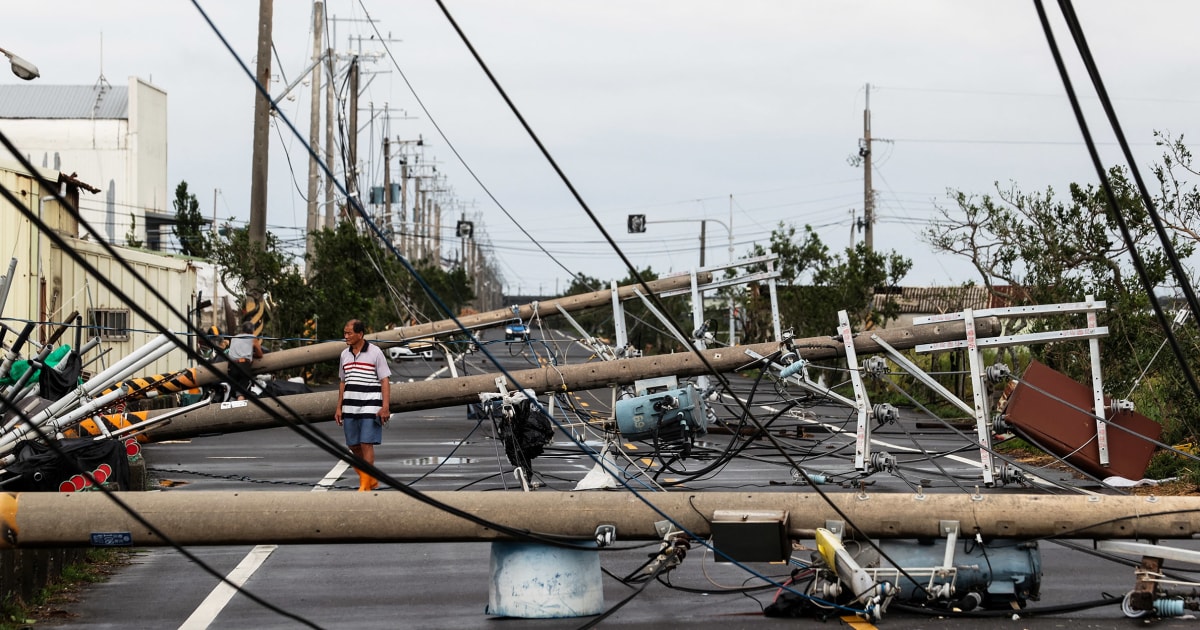“`html
In a groundbreaking move that could reshape the future of urban transportation, the city of San Francisco has announced plans to launch a pilot program for autonomous public buses by the end of 2024. This initiative aims to address growing concerns about traffic congestion and environmental sustainability while enhancing public transit efficiency.
The Future of Urban Mobility: Autonomous Public Buses
The San Francisco Municipal Transportation Agency (SFMTA) unveiled its ambitious proposal on Tuesday during a press conference at City Hall. The pilot program, set to begin in late 2024, will deploy a fleet of self-driving buses along designated routes in the city’s downtown area. According to SFMTA Director Julia L. McCarthy, “This innovative program will not only modernize our public transportation system but also significantly reduce our carbon footprint. We envision a future where autonomous vehicles work in harmony with public transit to create a more efficient and accessible city.”
Understanding the Technology Behind Autonomous Buses
The autonomous buses will be equipped with advanced sensors, cameras, and artificial intelligence (AI) technology, allowing them to navigate city streets safely and efficiently. Designed to operate without human drivers, these buses will utilize real-time data to adapt to changing traffic conditions. This marks a significant leap forward in public transportation, as it promises to enhance safety and reliability.
- Safety Features: The buses will include obstacle detection systems and emergency braking mechanisms to ensure passenger safety.
- Energy Efficiency: Electric-powered, the buses are expected to reduce greenhouse gas emissions by up to 40% compared to traditional diesel buses.
- Increased Accessibility: The program aims to provide seamless service to underserved communities, improving overall public transport accessibility.
Public Response and Community Engagement
While the initiative has garnered enthusiasm from technology advocates, it has also raised concerns among local residents. Community meetings are planned to discuss the potential social implications and operational logistics of the pilot program. Resident activist Maria Gonzalez expressed her concerns, stating, “While I appreciate the push for innovation, I worry about the job losses for bus drivers. We need to ensure that technological advancements do not come at the expense of our workforce.”
In response to such concerns, the SFMTA has promised to prioritize workforce development and retraining programs for affected workers. “Our goal is to create new jobs in tech and support sectors as we transition into this new era of transportation,” McCarthy noted.
The Economic Impact of Autonomous Public Transit
Experts predict that the introduction of autonomous public buses could stimulate San Francisco’s economy significantly. According to a report by the Bay Area Economic Institute, the implementation of autonomous vehicles could generate up to $1.5 billion in economic activity over the next decade. The report states, “Investments in autonomous public transit could lead to new business opportunities, increased tourism, and a more connected workforce.”
Additionally, the pilot program is expected to ease congestion in the densely populated city. Traffic data from the SFMTA indicates that, on average, San Francisco experiences over 200,000 daily vehicle trips that could potentially be replaced by autonomous public transit options. This could lead to improved traffic flow and reduced commute times for residents.
Challenges Ahead: Regulatory and Technical Hurdles
Despite the optimistic outlook, the road to implementing autonomous public buses is fraught with challenges. Regulatory frameworks must be established to govern the operation of self-driving vehicles, ensuring public safety and accountability. “We are in uncharted territory, and it’s crucial that we build a robust regulatory environment that addresses safety, liability, and privacy concerns,” stated Dr. Emily Chen, a transportation policy expert.
Moreover, technical challenges remain, particularly in ensuring the reliability of AI systems under various weather and traffic conditions. The SFMTA plans to collaborate with leading technology firms to conduct extensive testing before the pilot launch. “We are committed to rigorous testing to ensure that our autonomous buses can handle the complexities of urban driving,” McCarthy reassured the public.
The Broader Implications for Urban Transportation
The launch of autonomous public buses in San Francisco could set a precedent for cities across the globe. As urban populations continue to grow, the demand for innovative and sustainable transportation solutions will increase. Other cities may look to San Francisco’s pilot program as a model for their own advancements in public transit.
Moreover, the integration of autonomous buses could lead to a cultural shift in how residents view public transportation. As convenience and efficiency improve, more people may opt for public transit over personal vehicles, further alleviating traffic congestion and environmental impacts.
Next Steps for San Francisco’s Autonomous Bus Initiative
As the SFMTA prepares for the pilot program, community engagement will be crucial. The agency is planning a series of workshops and informational sessions to gather input from residents and address any concerns. “We want to ensure that this program reflects the needs and desires of our community,” McCarthy emphasized.
As San Francisco stands on the cusp of a transportation revolution, the implications of this initiative extend beyond just improved public transit. It invites a broader discussion on urban planning, sustainability, and the future of work in an era increasingly defined by automation.
In conclusion, the autonomous public bus pilot program represents a significant step forward for San Francisco, promising to enhance public transportation while tackling pressing environmental issues. As the city navigates this transformative journey, it invites residents to be part of the conversation, ensuring that the future of urban mobility is both innovative and inclusive. For more information on the upcoming community meetings, visit the SFMTA website.
“`



